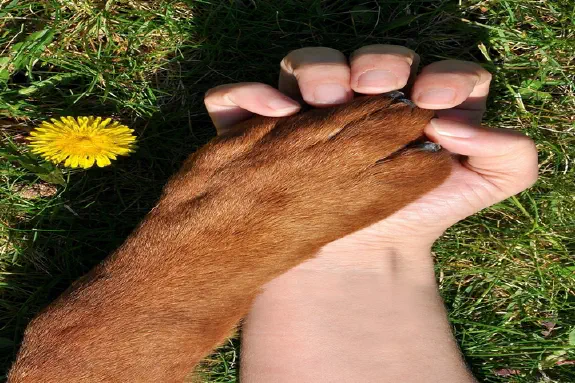Bringing a dog into your life is a joyous occasion, but it also comes with the responsibility of maintaining your furry friend’s coat. Choosing the right dog brush is crucial for not only keeping your canine companion looking their best but also ensuring their overall well-being. In this guide, we will explore the factors to consider when selecting a dog brush to make grooming a breeze for both you and your beloved pet. Plus, we’ll touch upon the importance of grooming in a broader context, much like the careful consideration required when opting for procedures like a female hair transplant.
Pick the Right Brush For Your Dog
Understand Your Dog’s Coat Type: The first step in selecting the ideal dog brush is understanding your furry friend’s coat type. Dogs come in various breeds, each with its unique coat – short, long, curly, or double-coated. Different coat types require different brushes, so identify your dog’s coat characteristics before making a choice.
Slicker Brushes for Long-Haired Breeds: If your canine companion boasts long, flowing locks, a slicker brush is your go-to tool. Slicker brushes effectively remove tangles and mats, preventing discomfort for your dog. Look for one with fine, short wires close together to ensure thorough grooming without irritating your pet’s skin.
Bristle Brushes for Short-Haired Breeds: For dogs with short hair, bristle brushes are a fantastic option. These brushes help distribute natural oils, promoting a shiny and healthy coat. Choose a brush with soft, natural bristles that glide smoothly over your dog’s coat without causing any discomfort.
Pin Brushes for Double-Coated Breeds: Breeds with double coats, such as the Siberian Husky or Golden Retriever, require special attention. A pin brush is perfect for these dogs, as it effectively removes loose fur from both the topcoat and the dense undercoat. Opt for a pin brush with rounded tips to prevent any scratching or irritation.
Consider Your Dog’s Sensitivity: Just like humans, dogs have different levels of sensitivity. Pay attention to your dog’s reactions during grooming sessions. If your dog has a more sensitive skin type, choose softer brushes to avoid discomfort.
Ergonomics Matter: Grooming sessions should be comfortable for both you and your dog. Select a brush with an ergonomic handle to ensure a firm grip and ease of use. This is particularly important for larger dogs or breeds that require more extended grooming sessions. Regular Maintenance of Brushes: Whichever brush you choose, remember that regular maintenance is essential. Clean the brush after each grooming session to remove trapped hair and prevent the buildup of dirt and oils. This not only extends the life of the brush but also ensures a hygienic grooming experience for your dog. You’ll find an array of brushes among our pet supplies.
Conclusion
Choosing the right dog brush is a small yet significant decision in the realm of responsible pet ownership. By understanding your dog’s coat type, considering their sensitivity, and selecting the appropriate brush, you can turn grooming sessions into enjoyable bonding moments for both you and your furry friend. Invest the time in finding the perfect brush, and you’ll be rewarded with a happy, healthy, and beautifully groomed pet.
